
BMW i3 Review

Introduction
Given the flurry of new all-electric vehicles, it is hard to believe that the BMW i3 has been around for nearly a decade.
It was a car that launched the next generation and caused rivals to adjust their focus. It also gave BMW an environmentally conscious edge.
But technological advancements mean that rivals and BMW itself have caught up and are now producing other all-electric vehicles that comprehensively outperform the i3.
As a result, the model will be departing soon as BMW ends production. So, this is your last chance to get your hands on this groundbreaker.
Select's rating score* - 3.6 / 5
At A Glance
The looks are bizarre, to say the least, though. To some extent, when it was first launched, making it stand out was key to pointing out that it was different.
The shapely exterior design is achieved through lightweight plastic panels, and there is no B-pillar between the front and back seat windows.
It is also dual coloured, so the bonnet and roof and rear are black, with the rest of the bodywork a different shade (in our case, silver). Despite no grille being required, BMW retains the kidney grilles, which are coloured in a light blue, a pigment that has become the manufacturer’s signature for its all-electric range.
The fact it is dual-coloured means that, if you stare at it, the i3 almost looks like a large block of silver-coloured cheese has partially consumed a smaller BMW. The thick bumper dominates the front end, sprouting from underneath the kidney grilles. Two headlights sit on either side of it, tapering into a point around the sides. There is also a piece of black bodywork at the bottom, which creates a front splitter. This protrudes upwards at the sides, cutting into the silver bodywork, with day-running lights sitting beneath them.
As if the front wasn't unique enough, side-on, the car’s design really comes into its own. All three windows are different shapes but somehow blend into each other nicely, so it doesn't look wrong. Only the front window looks normal. The middle one (next to the back seats) extends downwards, so it’s longer than the front, before tapering in to leave a thin pane at the rear. A black side skirt becomes white at the front, which adds to the athletic personality, further accentuated by a substantial crease at the bottom of the doors.
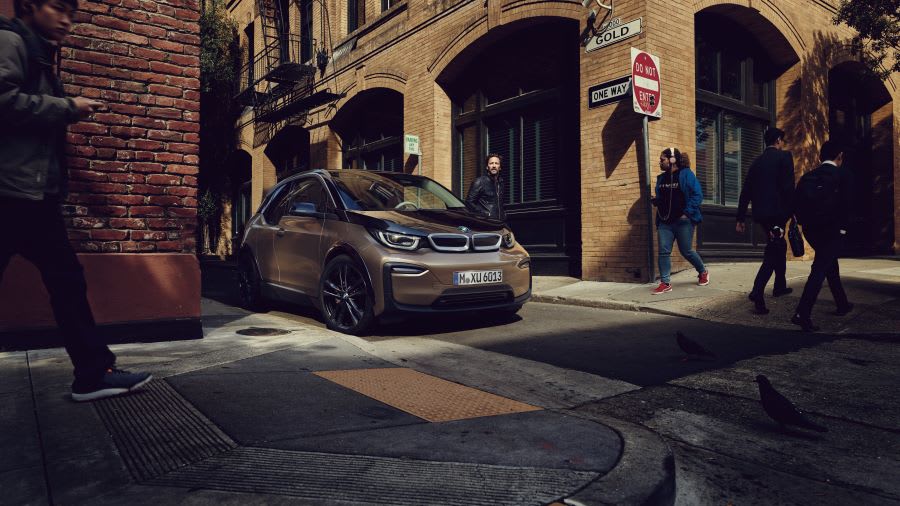
The rear is mainly black, with only a hint of the primary body colour extending from the sides and the bottom beneath the number plate. The rear lights appear embedded within the gloss black finish on either side of the BMW badge.
Undoubtedly, the BMW i3 is very much a car whose looks divide opinion. It is quirky and different, if a little odd. But despite BMW reinventing the basic design rules of what a car should look like, it has managed to pull it off.
You, on the other hand, may think it is ghastly.
Our overall conclusion was that it is one of those cases of something so ugly that it is strangely attractive.
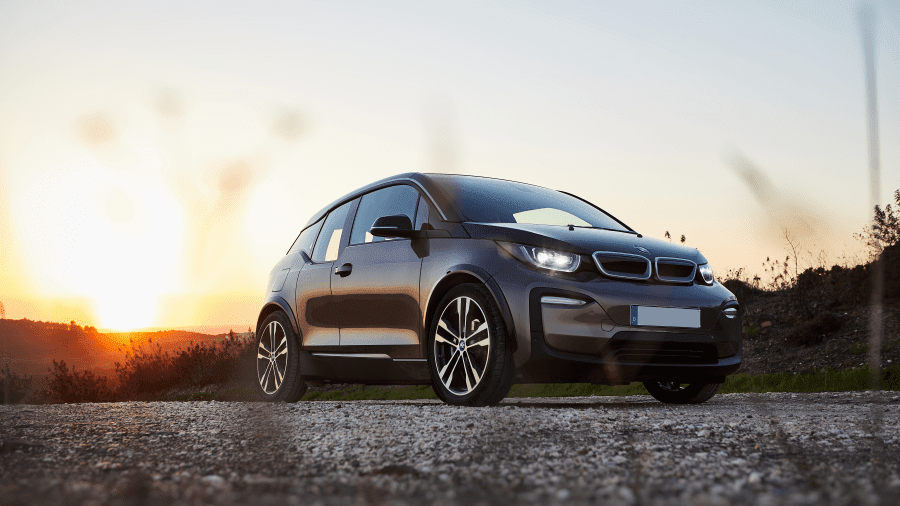
Key Features
There aren’t any individual trims for the i3.
Nevertheless, as standard, you will be getting 19-inch alloys, a comfort package including automatic windscreen wipers, folding door mirrors, and a multifunction steering wheel. There is also a DAB radio, Bluetooth, cruise control, automatic headlights, air conditioning, an infotainment system with SatNav, plus heated front seats. You also get access to various apps, including email, social media, and music.
Apple CarPlay is standard, but the i3 doesn't include Android Auto. And you need to register for a BMW ConnectedDrive account to use it – although signing up is free.
There are three interior designs to choose from, too. They are known as ‘worlds’ and include Loft, Lodge and Suite. Each one of these comes with a colour scheme and a choice of materials, with leather and wood among the options on offer.
Some are more expensive, though, so it is worth carefully considering the body colour and interior colours to meet your budget.
In terms of powertrains, there are two models – a standard i3 and the slightly-more powerful i3S.
The i3 produces 170PS, while the i3S produces 184PS.
Both models are rear-wheel drive via a single-speed transmission.
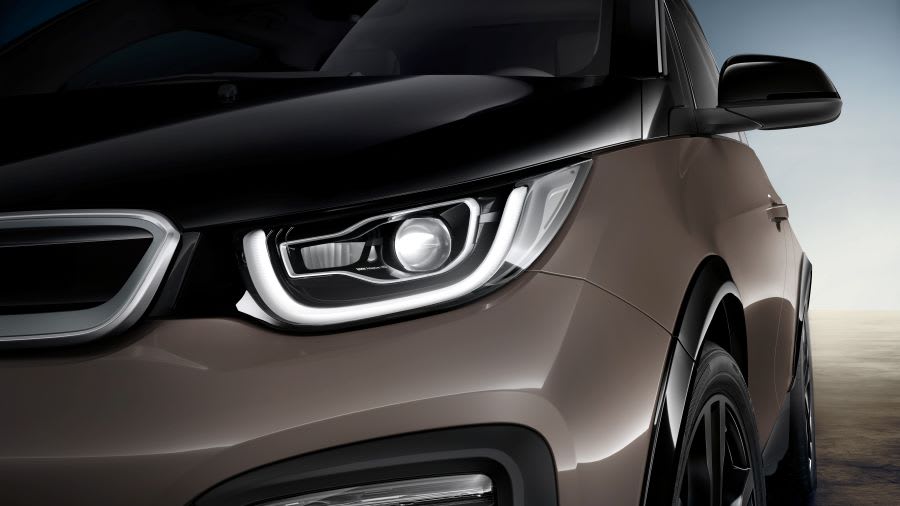
Range & Batteries
The lower-powered i3 has a range of 182 to 190 miles, while the higher-powered i3S has a slightly reduced range of 173 to 175 miles.
Of course, the actual range depends on several factors, including the condition of the batteries, the weather conditions, ambient temperature, and your driving style.
That said, the quoted figures from BMW are reasonably accurate, and we have even heard of cases of people with featherweight feet getting over 200 miles. If range-anxiety is a big concern, have a glance through our guide on the top 10 longest range electric cars of the year - you might just find something to put your worries to bed.
Nevertheless, achieving 200 miles is likely to be more trouble than it is worth. It is feasible on routes where there is a lot of downhill driving - and in optimal conditions. But, of course, there are plenty of other cars that can do better than this nowadays.
The batteries are beneath the rear seats under the floor, while the motor is below the boot floor.
Performance & Drive
The i3 has improved over the years, and although it is not the best BMW on offer, it is still nimble and good to drive at low speed.
Thanks to its excellent acceleration and whisper-quiet motor, it glides through town centres, made easier by the excellent visibility out of the front.
If you floor it from a standing start, it will get up to 62mph in a respectable 7.3-seconds, topping out at 93mph. Meanwhile, the 0-62mph time drops to 6.9-seconds in the i3S, with the top speed increasing to 99mph.
Sadly, when pushing the car, you quickly find its limits. Having a short wheelbase, we would have imagined that it would be very agile and good to drive on twisty B-roads. But its tall stature ruins the handling and, as a result, there is a lot of body lean in the corners. Consequently, you quickly find it runs out of grip when you turn into a bend, and the electronic stability control has to cut in to bail you out.
The suspension is quite firm, and there is little springiness in it, so bumps and creases in the road are strongly felt. But a lack of ride comfort usually means better handling, and, in this case, it left us a bit disappointed.
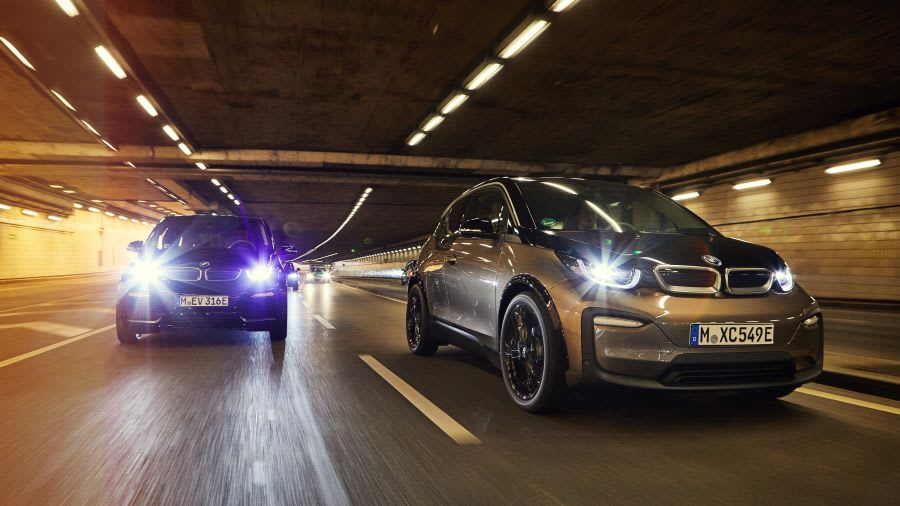
It is a shame, as the tyres have plenty of grip when you go slower, while the steering is direct and has a worthy amount of feedback.
If handling is important to you, then go for the i3S. BMW has fitted it with a sports suspension and heavier steering setup. It also has a better traction control system to help with the slight increase in power. Indeed, all these tweaks make for a noticeable improvement in the car's characteristics. But it still feels like things could be better, and its agility fails to outperform any half-decent hatchback that is tuned for handling.
On straighter roads, like motorways, the BMW feels more at home, with good acceleration making overtaking simple. Main highways tend to have better surfaces, too, which suits the i3 a lot more.
When stopping, the BMW uses regenerative braking. This converts the energy that would otherwise be lost during deceleration, putting some charge back into the batteries. When this system is activated, it means you can do ‘one pedal driving’, whereby the brakes are effectively applied for you as soon as you take your size ten off the accelerator. This can make the braking feel inconsistent in some electric cars, but in the i3, it feels well weighted and easy to get used to.

Charging
A 7.4kW home wall box charger is available for a few hundred pounds. Here's a helping hand at figuring out what kWh and kW really mean for your car.
If you use that, you will get from nought to 100 per cent in around six hours. Although if you use a standard three-pin household plug, it will take a whopping 20 hours. If you can't wait that long, we've pulled together a guide on what to do when you can't charge at home.
Charging is done at a maximum of 50kW, meaning a 10 to 80 per cent top-up using one of these takes around three-quarters of an hour.
A 50kW charging speed is slow by today’s standards, though. Some vehicles are offering upwards of four times this speed now. To help you keep time and costs as low as possible, read through our guide on picking your ideal electric car charger here.
A BMW charging card is also available with various tariffs intended to save you money topping up the batteries.
Running Costs & Emissions
Of course, being an electric vehicle, the CO2 emissions are zero.
This means that Benefit in kind tax is just two per cent, so the i3 will appeal greatly to company car users.
Day-to-day running costs will be low thanks to the lack of a need to fill it up at petrol stations. Meanwhile, annual maintenance costs aren't exceptionally high, either.
You can drive the car in Comfort, EcoPro and EcoPro+ modes. The latter setting shuts down all but the most essential electrical systems and limits the top speed to maximise range.
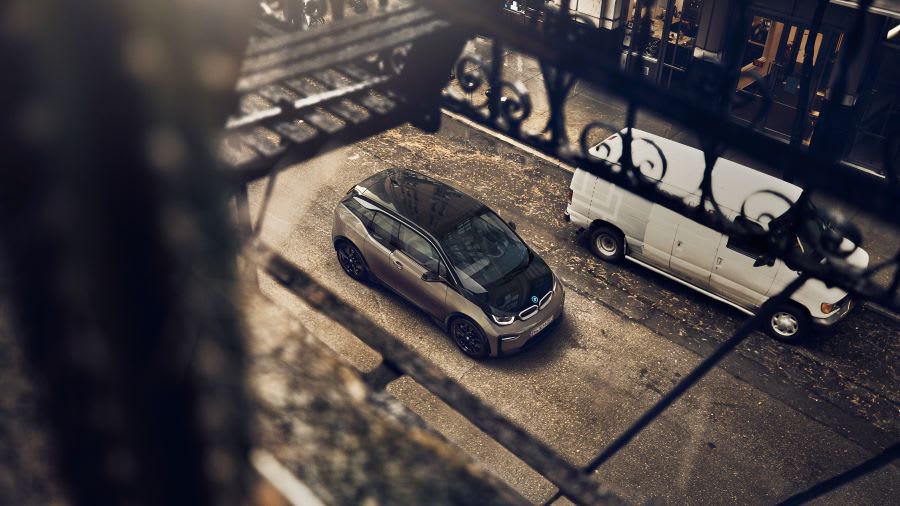
Interior & Technology
The i3’s interior is very nice, albeit slightly lacking in other BMW vehicles' luxuriousness.
Nevertheless, it is practical and very intelligently laid out, with a nice steering wheel and a dashboard that is shaped like a tabletop. It is functional and funky, much like the exterior, while the infotainment screen sits on top like a tablet.
Thankfully, physical dials and buttons remain to operate some functions such as the air conditioning. Meanwhile, the controls on the steering wheel are sensibly arranged.
The digital instrument display sits behind the steering wheel modestly. In fact, at first glance, you might miss it altogether. However, when you notice it, you will see it displays speed, navigation directions, and lots of other helpful information.
Like all BMWs, the infotainment system is excellent. The iDrive controller operates its 10-inch screen, and it is well laid out, easy to use and very responsive.

Practicality & Boot Space
The BMW i3 is more spacious than you would imagine, despite the vehicle's miniature stature.
The sports seats in the front save quite a lot of room, meaning you are sitting in comfort while still giving those behind you a fighting chance.
The central console feels quite minimalistic and doesn't connect to the main dashboard as it does in most cars. As a result, the interior doesn't feel like it is surrounding you as much as it does in other vehicles.
There is only one cupholder in the front and there is not a tremendous amount of storage space. But the minimalism means you feel like there is plenty of room to move around and you don’t feel hemmed in. Plus, there is some space in a tray up on the dashboard in front of the infotainment screen to make up for it.
In the back, there is a civilised amount of legroom and headroom. Mind you; if you are on the tall side, you might find it a little bit restrictive. Nevertheless, two average-sized adults won't be a problem at all. It is only a four-seater, though, so no middle seatbelt is offered. However, this at least means the back seats are bigger than you would otherwise get. And, instead of a middle seat in the rear, you get a couple of cupholders.
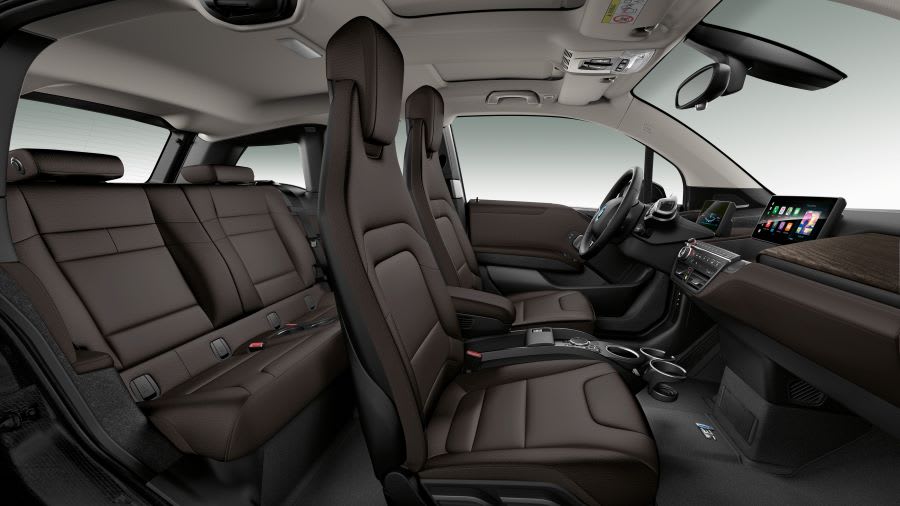
Safety
Euro NCAP crash-tests most new vehicles to give them a safety rating. However, the BMW i3 hasn’t been assessed since 2013, so its rating has expired.
It scored 86 per cent for adult occupants, 81 per cent for children and 55 per cent for safety assists. This was enough to earn it a four-star rating. But the testing criteria has been changed since then, so it wouldn’t score as highly if re-tested today.
Nevertheless, there is a lot of safety technology onboard, and the plastic bodywork is significantly reinforced by carbon fibre. At the same time, six airbags and electronic stability control mean you should be safe on the road.
There is an optional extra available called Driving Assistant Plus. It costs a few hundred pounds, but it adds adaptive radar-guided cruise control, Traffic Jam Assist (which effectively makes the car autonomous at low speeds) and forward collision alert.
A pedestrian warning system is also available, which works at low speeds.
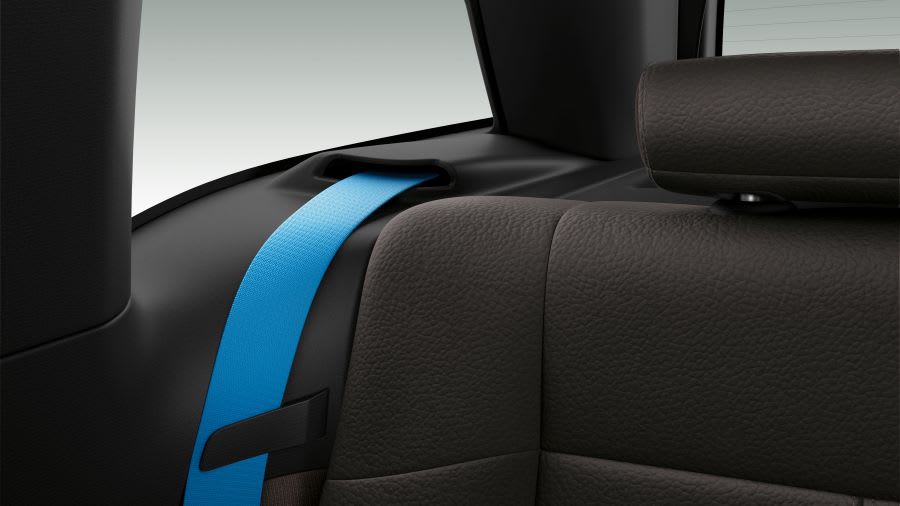
Options
There are only two non-metallic colours to choose from – one of them being solid white, which is the default shade.
The only other one is solid black, although it costs a few hundred extra notes. And, if you choose it, one of the i3’s distinguishing features – the dual-coloured bodywork – will be lost, given that the other colour is also black.
All the metallic shades cost an additional amount, too. These colours include a bluey-grey, a dark grey, silver, a funky golden-yellow and a lighter bluey-grey hue.
19-inch wheels are included as standard, but you can choose from a different design of same-sized rims for a small amount. Plus, you can get some very nice-looking 20-inch alloys for a bit more money.
An auxiliary cabin heating system costs a little extra, while the park assist package (which includes front and rear parking sensors, parking assistance and a reversing camera) costs more still.
The i3 Pro Pack includes the 20-inch alloys along with an upgraded Harman-Kardon sound system, an online entertainment package and sun protection glass. It does mean splashing out a four-figure sum, though.
Much of the above can be bought individually, too, along with an affordable wireless phone charger.
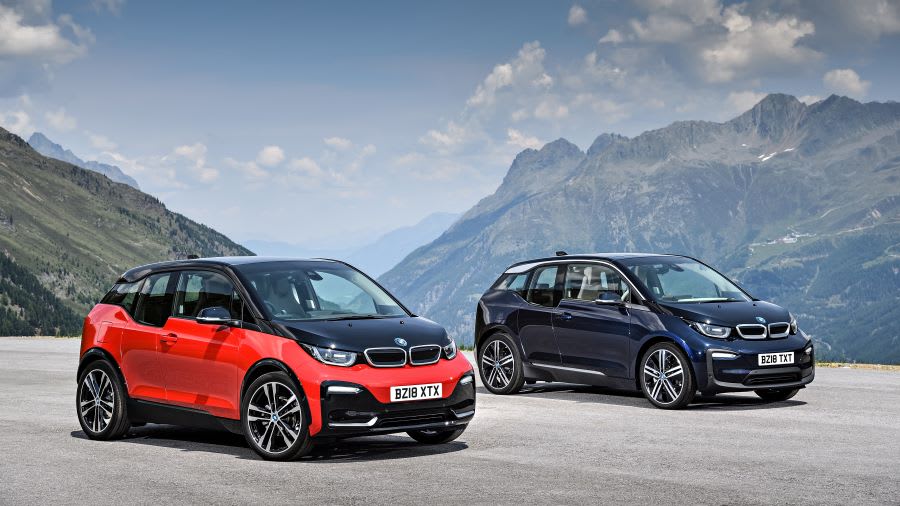
Rival Cars
Other cars you will likely want to look at include the Kia e-Niro, the Hyundai Kona Electric and Volkswagen ID.3.
None will match the BMW for quirkiness, let alone interior quality. But the i3 is the most expensive of the lot, plus many features are optional extras.
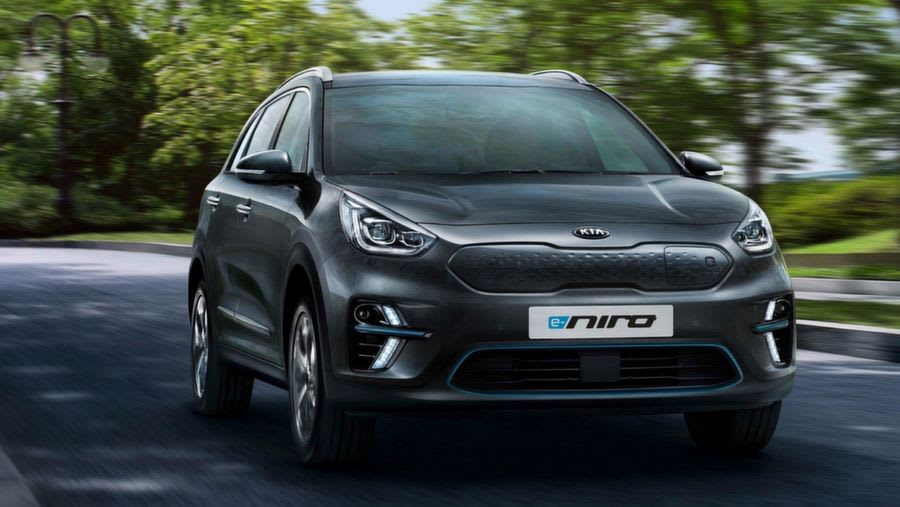
Verdict & Next Steps
The BMW i3 is still a solid contender compared with its rivals, but there are signs it has had its day.
It isn't being directly replaced when the German electric model goes out of production later this year. Instead, its gap in the EV market will be filled by an electric version of the X1.
Nonetheless, the i3 still more than holds its own against its main challengers. You are undoubtedly paying for the BMW badge, but that is always the case with any vehicle from the big Teutonic brands.
It has got eccentric looks, it is distinctive and full of character, while the interior is lovely, if not as luxurious as other vehicles in the BMW line-up.
It is also quick, perfect for getting around town and good when driving at speed on motorways.
However, we suspect those hoping for sharp handling will be disappointed, especially when choosing the standard i3 over the i3S.
So, the BMW i3 isn't perfect, but it will be a shame to see it go. It was outrageous when it came out, but it will undoubtedly end up being modest compared with the electric cars of the future.
At least this particular BMW will leave a legacy of being a key ingredient in kicking off what is becoming a seismic change in the direction of the automotive industry.
Where to next?
View our latest BMW i3 Leasing Deals - from just £487.51per month inc VAT**
Looking for a great leasing deal? Check out our incredible range of Special Offers
New electric hatchback? Read our latest Car Reviews and find the right model for you
Want to know more about electric vehicle leasing? Take a look at our comprehensive Leasing Guides
Interested in everything motoring? Why not catch up on all the latest Car Leasing News.
*Score based on Select’s unique meta score analysis, taking into account the UK’s top five leading independent car website reviews of the BMW i3
**Correct as of 28/04/2022. Based on 9 months initial payment, 5,000 miles over a 48 month lease. Initial payment equivalent to 9 monthly payments or £4,387.59 Ts and Cs apply. Credit is subject to status.






















